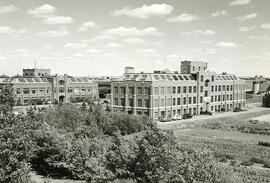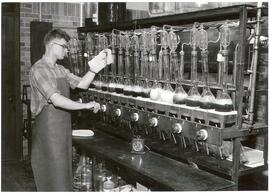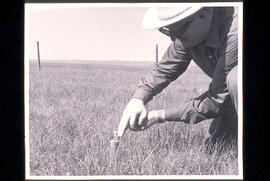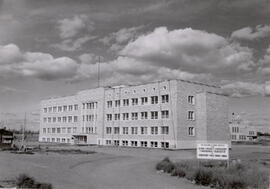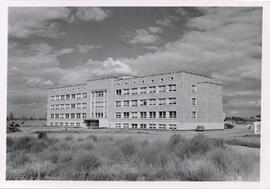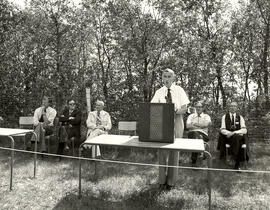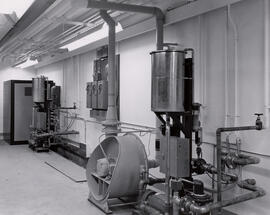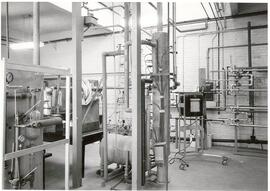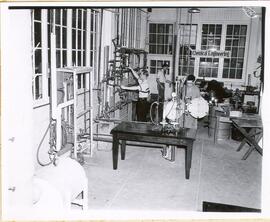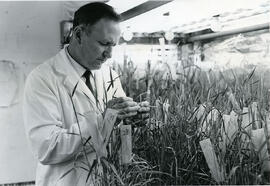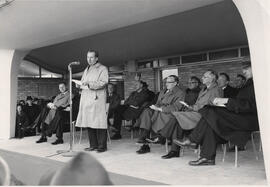National Research Council and Engineering Building
- A-650
- Pièce
- Summer 1953
Fait partie de University of Saskatchewan Photograph Collection
Elevated view looking northeast at National Research Council building, with Engineering Building in background.
Bio/Historical Note: In 1916 the National Research Council legislation was enacted and the institution was formed with the mandate to advise the government on matters of science and industrial research. For the first 15 or 16 years of its existence the NRC consisted of offices and borrowed lab space. It launched Canada’s first research journal, “Canadian Journal of Research” and funded research for human and bovine tuberculosis – a significant domestic problem in the 1920s. In 1932, NRC’s first dedicated lab was built in Ottawa. The NRC established a laboratory on the east side of the University of Saskatchewan campus in 1948. The original purpose of the facility was to “use chemistry and biology to diversify Canadian agriculture.” Originally called the “Prairie Regional Lab” then the “Plant Biotechnology Institute,” the facility is now known as “NRC Saskatoon.”

